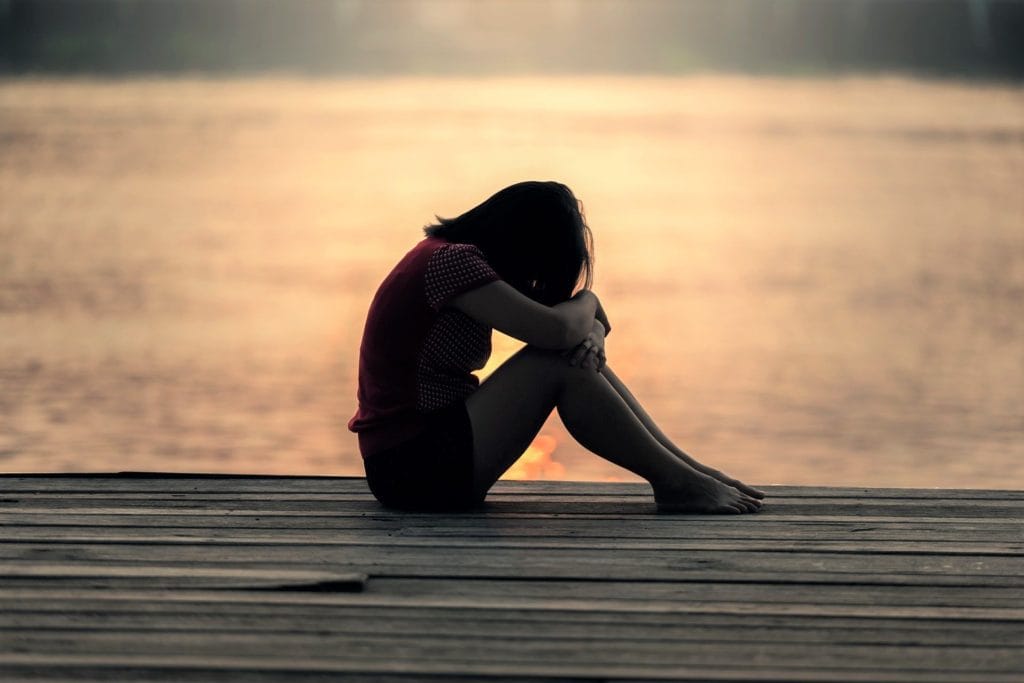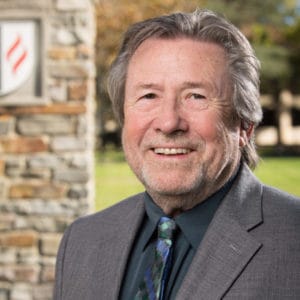Confronting an Alarming Statistic in the Inland Empire

One Team’s Search for Solutions to Youth Suicide Rates Highlights the Research Experience at CGU
***
The phone call came in late 2018.
The Corona-Norco Unified School District was alarmed by a growing number of suicides—of high school students, intermediate students, even some in elementary grades. The district was addressing the crisis but wanted to do more, so it turned to one of the region’s foremost experts in social and environmental influences on health-related behavior.
“I said I couldn’t predict that we had the solution, but if we entered into this program of discovery together, we’d try to find a way to mitigate some of the causes,” says Andy Johnson, professor and founding dean of the university’s School of Community & Global Health. “I told them we were going to do some experimenting with the science as we know it, do some adaptations and some novel things, some of which may prove useful.”
It’s called translational research, and it is at the core of much of CGU’s research model.
“We take from the best of science—what is learned and what are promising strategies—put them into practice and study the impact,” Johnson says. “We identify where things work and where they don’t and then refine them.”
Young People and Toxic Stress
With seed money from a contract with the school district, Johnson assembled a team, starting with some of CGU’s faculty and students from public health, psychology, and evaluation.
They began the meticulous process of systems development and management, building measurement tools like surveys to assess and evaluate psychological factors associated with chronic stress. They also explored how to support teachers, who face stresses of their own and are sometimes the only positive role models in some students’ lives.
Lucie Leung-Gurung, a doctoral student in community and global health, designed some of the measurement instruments to assess psychological factors such as depression and impulsivity.
“We looked at how toxic stress affects youth and at the high-impact positive factors that make them stronger,” she says. “We make sure that the surveys and biomarkers are evidence-based and that what is designed works—finding the sweet spot for how much participants are willing to do. And then we assess the data.”
Research in the time of COVID-19
Tapping a network of educators and professionals built through decades of collaborative research, Johnson brought aboard colleagues and students from Loma Linda Medical Center, USC, UCLA, Western University of Health Sciences, and elsewhere to fill clinical needs, such as social work and nursing, that CGU does not provide.
They chose to focus initially on Auburndale Intermediate, a school that serves a community in which 63% of the residents live below or just above the poverty line, and where school is the only safe haven for many students.
The team’s chemistry with the principal and teachers was excellent, Johnson says, and social workers were imbedded in early March to begin the assessment. But with COVID-19 forcing the closure of schools, Johnson and the research team regrouped and transitioned to telehealth, using a HIPPA-compliant form of Zoom to ensure privacy.
“COVID has really changed what we do,” says Allison Maladore, a former teacher and principal who is in CGU’s DPH (doctor of public health) program. “We’re working with teachers to identify their challenges and stressors and the frustrations of not being able to communicate with students in the ways they usually do—or at all. For them, it was refreshing to have someone care about their mental well-being.”
Participants have embraced telehealth, Johnson says, “in part because we make it very personal.”
The isolation of quarantine, says Johnson, “forces us to find workarounds that have lasting value.”
The research is in the early stages, but the initial findings are both sobering and inspiring.
In some instances, family relationships have frayed, depression increased, and certain types of substance use, such as vaping, have gone up. In others, family relationships have improved during confinement at home, and students have embraced the outreach, which included the addition of undergraduates from USC who are acting as mentors and tutors.
This fall, with additional contract funding, students in Johnson’s systems engineering class are designing and refining their work while establishing referral protocols for the Corona-Norco students and families to tap other resources.
Johnson says that even after students return to the classroom, telehealth will remain part of the outreach.

“We can do an assessment, and nobody notices the student has been pulled out of a classroom. He doesn’t have to go to a mental health center, where a friend might see him walk in or out. That’s a big positive we’ve gotten out of this: Isolation forces us to find workarounds that have lasting value.”
Longer term, and with additional contract or philanthropic funding, Johnson wants to continue serving the initial group of students, as well as scale up the program to cover all K-12 schools in the Corona-Norco district. But he also hopes for a much larger impact.
“We have converging missions,” he said. “We share the district’s passion, but the larger mission for academia is to learn things and develop systems that are widely applicable.”